Your bike helmet must be the proper fit if you want the best possible protection. If the helmet is too loose, you run the chance of succumbing to severe head injuries in the event of a collision. On the other hand, a helmet that is too small or fits too tightly can be both annoying and uncomfortable.
This tutorial will explain how to determine the suitable helmet size for your mountain bike rides. But first,
How Do Mountain Bike Helmets Measure Up?
Typically, brands mark each helmet’s size with a tag or decal. The size indication on helmets differs across manufacturers. Some cheap helmets have a one-size-fits-all design, but many bicycle helmets come in different sizes, making them easier and safer to wear.
Some prefer using a range of head diameters (for instance, sizes 52–56cm), while others prefer a small/medium/large scale range. For companies whose sizes are described with words instead of numbers, a size chart will always show the range of diameters for each size. For example, some manufacturers provide three sizes of mountain bike helmets: small, medium, and large, which correspond to skull diameters of 52-56cm, 56-58cm, and 58-61cm, respectively. I hope this now makes sense.
Also, note that all helmet sizing guides are brand-specific, and many manufacturers publish size recommendations for particular helmet models. Therefore, cross-check your measurements in these charts before making a new helmet purchase.
Are Mountain Bike Helmet sizes Adjustable?
Most full-face helmets include detachable padding for adjusting the fit. Most cycling helmets have some kind of flexible cradle that allows them to fit a wide range of head sizes, except for some full-face downhill helmets that come with different thicknesses of foam pads that you can swap in and out.
Lastly, not all skulls have the same configuration. They are similar to cycling shoes; the shapes of different brands and models of helmets may also vary.
Does MIPS Influence Mountain Bike Helmet Sizing?
In the early days of MIPS, manufacturers added the technology to pre-existing helmets to make them MIPS-compatible. This changed the size of the helmet because MIPS added a 0.5mm to 0.8mm layer, which made less headspace available.
Now that MIPS is working with businesses from the beginning of a helmet’s development, the technology is seamlessly incorporated into the entire design. Because of the subtle movement that MIPS introduces (around 10 to 15 mm total), changing a helmet with MIPS may be a little unnerving.
However, as long as the problem is limited to the outside shell and not the cradle, you needn’t worry.
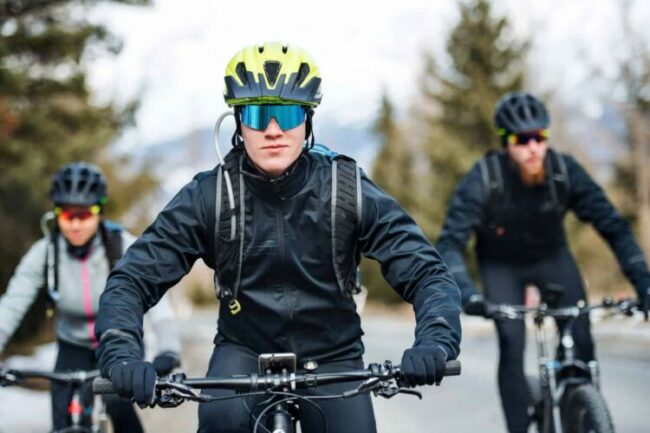
Choosing the Size of Your Mountain Bike Helmet
Now let’s get to the fun part. If you purchase a new helmet and want to determine the right size, you should examine your head and compare the results to the brand’s size chart. And since helmets are meant to fit just above the eyebrows and ears, this is the optimal area to measure the circumference of your head to ensure a suitable fit.
Here are three easy steps to help you figure out how big a helmet you need based on your head size.
- The Measuring Instrument
We recommend using a dynamic fabric tape measure for this task. If you don’t have one of these, a good option would be to use a string and measure it later. While taking the measurement, remember that the helmet should fit snugly but not restrictive.
Note: it’s best not to use the metal tape measure in the toolbox since it won’t lay flat around your head while measuring curves.
- Taking Your Measurements
Tie the measuring tape, thread, ribbon, or cord around your head’s largest part. It should fall just above the eyebrows. It is necessary to indicate where the upper end of the string/ribbon/cord meets the opposite side of the string if you are not using the measuring tape. Then later, calculate the length using a ruler.
- Choosing the Size
On most helmet product pages, you’ll find an easy-to-follow sizing chart. Compare your results to the chart. We suggest sizing down if you’re in between sizes. Don’t forget that you can always make adjustments with the built-in dial-fit system.
Tip: If you wear hats often and know your hat size, you may use that measurement as a reference. Some companies include hat sizes in their sizing charts.
Necessary: Choosing a good helmet might be confusing since different helmet manufacturers provide different dimensions for various sizes. For example, a brand may claim that “M” (medium) is appropriate for those with a head circumference of 58–59 cm. A different manufacturer may argue that “M” suits a head measuring between 55 and 58 centimeters. Rather than searching for a size M, consider the measurement in centimeters.
Checking the size of the exact brand you wish to purchase is also a brilliant idea. You may search for ‘Bike Helmet Size Charts’ online, where big corporations provide the helmet sizes. Alternatively, even though the fundamentals are similar for all helmets, you might look for “how-to” tutorials on measuring and fitting various mountain bike helmets. Although you won’t need the latter after reading this guide, right?

Is There a Difference Between Bike Helmets?
Modifying the Helmet for the Perfect Fit
If you’ve taken accurate measurements of your head, you only need a small amount of modification to be comfortable. Place the helmet on your head such that it rests over your eyebrows and ears, and then adjust the cradle, often using a dial on the back. The back of the helmet’s cradle adjuster may either fasten the cradle or, on certain helmets, stiffen a band that wraps around the whole helmet.
Usually, you can also move the back of the cradle up or down to make it fit better. The chinstrap should be tight without being restrictive. If your helmet has removable padding, you might have to try a few different ways to wear it before finding the one that best fits.
Setting Up the Helmet Straps
Once satisfied with the fit, you may tweak the straps around your chin and the head sides. You should adjust the chin strap to tucked snugly under your chin instead of dangling and loose. If you can slide one to two fingers into this gap after it has been fastened, the straps are sufficiently snug while allowing enough room to prevent discomfort or mobility restriction.
Furthermore, you may be able to tweak the straps around your ears to fit just below your earlobes. Helmets frequently have an elastic fitting where you can bind loose ends of strap webbing beneath the chin. Once you’re happy with how the straps fit, you probably won’t have to change them very often unless your headwear or hairstyle for the day makes a big difference.
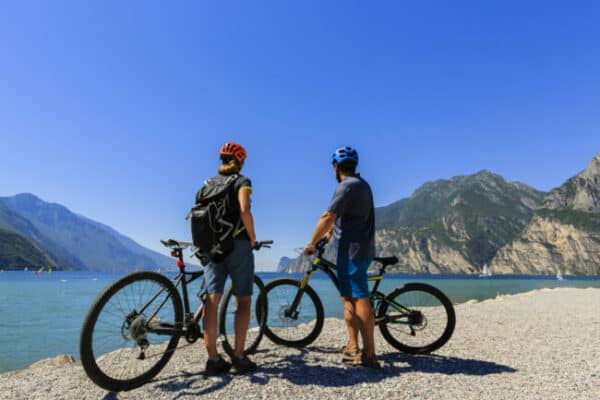
The Dos and Don’ts When Wearing a Helmet
There are a few frequent problems associated with mountain bike helmet use. However, it is possible to overcome these problems by applying the following standard procedures.
- Never wear the helmet too far back on the head. If you put your helmet too far back, it will not only be uncomfortable but could also limit its ability to provide safety in an emergency.
- Ensure that the helmet fits properly. A too-small helmet may be very unpleasant or may not even fit correctly on the head. A helmet that is too big, on the other hand, can move around and, more importantly, won’t protect you enough in case of an accident.
- Don’t wear a heavy cap beneath your helmet. A heavy cap can cause the helmet to sit too high on the head, making it dangerous to wear. It may be tempting to wear a heavy cap underneath your helmet on chilly days. But, if this results in the helmet not fitting correctly, it is not a safe action. Thinner hats and ear coverings are much superior.
- Place your hair in a secure location. Some helmets contain openings in the mechanism that let a ponytail or braid pass through. Riders with a lot of hair might have to change how they cut it so that their helmet fits right.
- Have you adjusted the straps correctly? Adjust the chin strap so it fits tightly yet comfortably on your jaw. If your helmet’s straps are too slack, it will be less likely to remain in the best position to protect you when you need it most, and the same is true if you do not fasten the chin strap.
- Finally, do not wear your helmet backward. Make sure your helmet is oriented correctly, with the mechanism towards the rear. You may chuckle, but this is a shockingly frequent error! To protect the head, the back is often a little lower than the front and may contain an adjustable mechanism that the front does not.
People Also Ask
- Is There a Difference Between Bike Helmets?
Every cycling sport requires a unique riding helmet. Helmets are designed specifically for road use, mountain, downhill, and e-bikes capable of high speeds as well as for children. Knowing which bike and terrain you will be getting into will largely determine your helmet choice. Nonetheless, there mostly are significant variations between different riding helmets.
- How Can You Prevent a Mountain Bike Accident?
You can prevent a mountain bike accident through pre-ride inspections, stretching and warm-ups, and donning a cycle helmet and glasses. You can also prevent a mountain bike accident by wearing elbow and knee pads and paying attention to your feet.


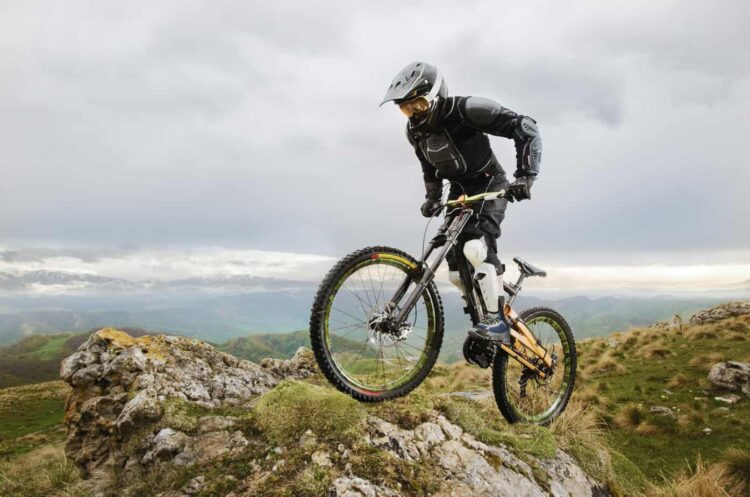

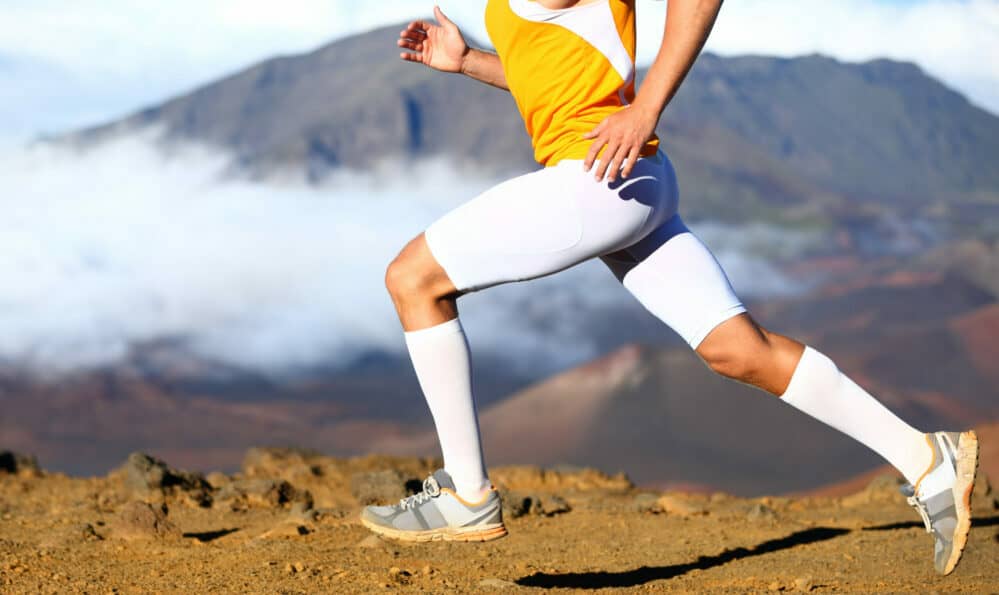
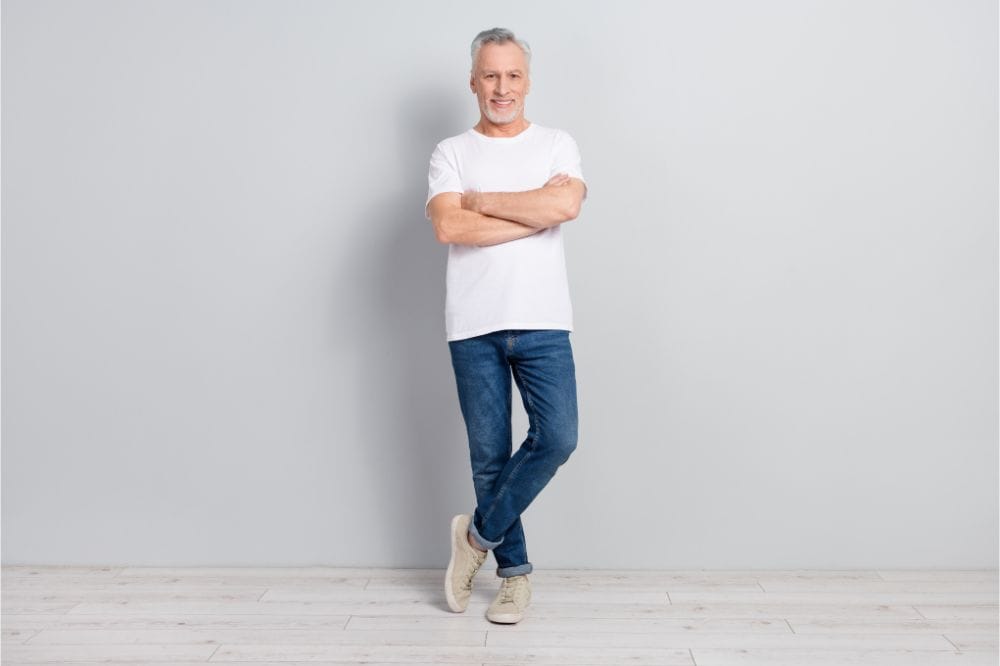
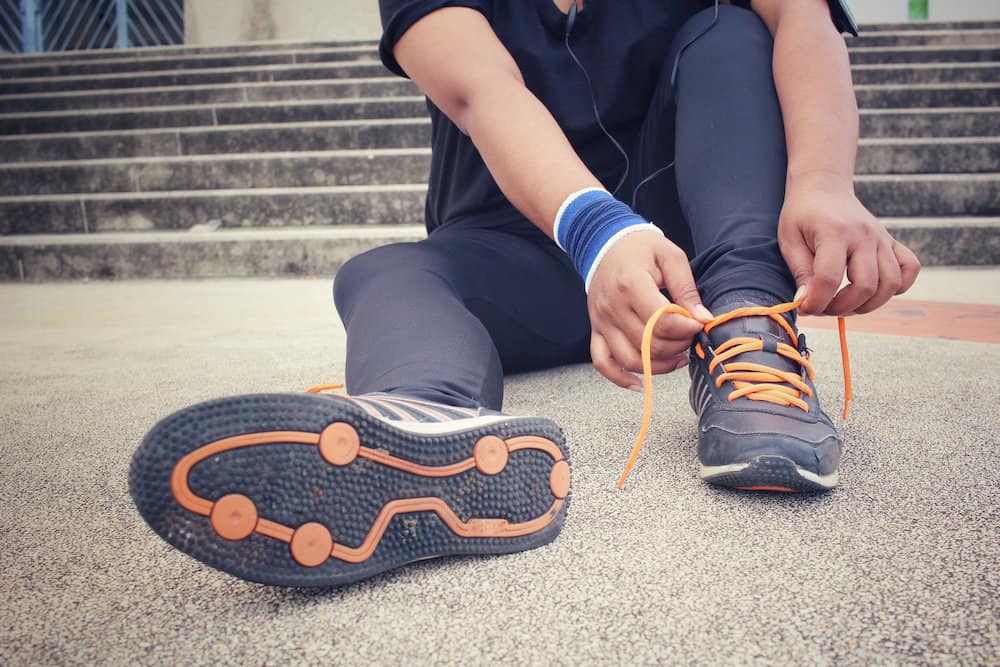
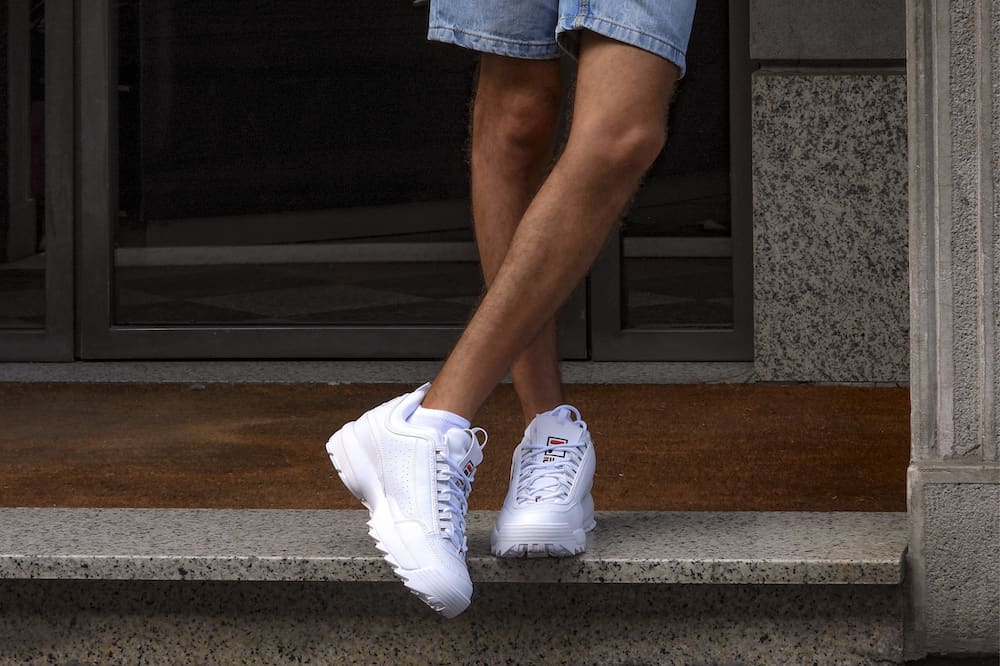






Thank you for your guide on choosing a proper helmet for mountain biking. Wearing a proper helmet is essential as riders will often ride through difficult terrain. My daughter was riding in a mountain bike race through mountainous terrain on a narrow trail when a grizzly bear on the trail confronted her. She swerved her bike over a cliff face and fell 15 ft. Although she was not seriously injured, thank God she was wearing a protective helmet. The grizzly bear might have thought this funny or unusual, but it certainly was no joke. Advice on how to choose a proper helmet is very important as your head contains vital organs!
Hi, Toplink, and thank you.
Thank you for your kind words.
It is good that your daughter was saved! Have been a horrible experience!
Maybe you have an interest in this post about helmets for kids.
Great to hear about your benefit of the article too.
Don’t hesitate to contact me to help you with anything else or if you have any questions.
Thanks so much for this post. I am very interested in mountain bikes. I have been riding a mountain bike a lot since I was a child. So this is a very important post for me. I also often go without helmet straps suddenly. But I realized it was very important because of this post. Thank you so much for posting like this. Keep posting like this in the future.
Hi, Pasindu Dimanka, and thank you.
Thank you for your kind words.
Great to hear about your benefit of the article too.
Don’t hesitate to contact me to help you with anything else or if you have any questions
What a very insightful article you got here. Knowing what proper helmet is best for an individual is very helpful. I find wearing the proper helmet is vital for one’s safety as riders will ride through some thought and dangerous sports. Heck, we don’t know what will happen when one’s in the mountains. So having a proper helmet is vital, so one is protected. Thanks for sharing.
Hi, Kiersti, and thank you.
Thank you for your kind words.
I agree. We need to enjoy the bike life, as we say, but also have safety in mind. Here is a post about it, too. I believe it could be beneficial for you to read it. It is about helmets and safety.
Great to hear about your benefit of the article too.
Don’t hesitate to contact me to help you with anything else or if you have any questions.